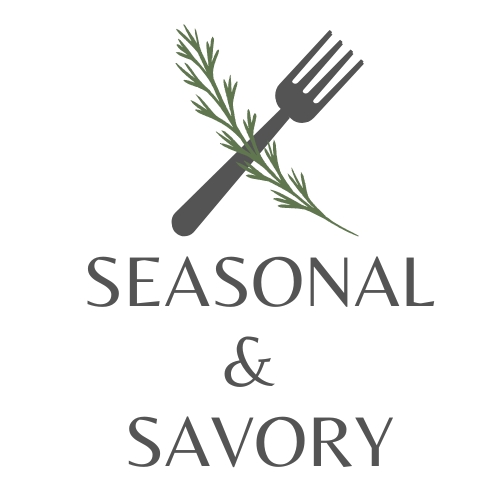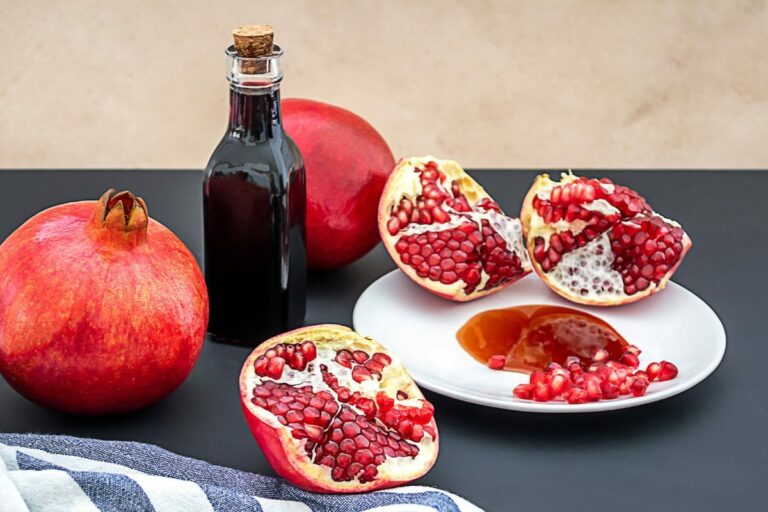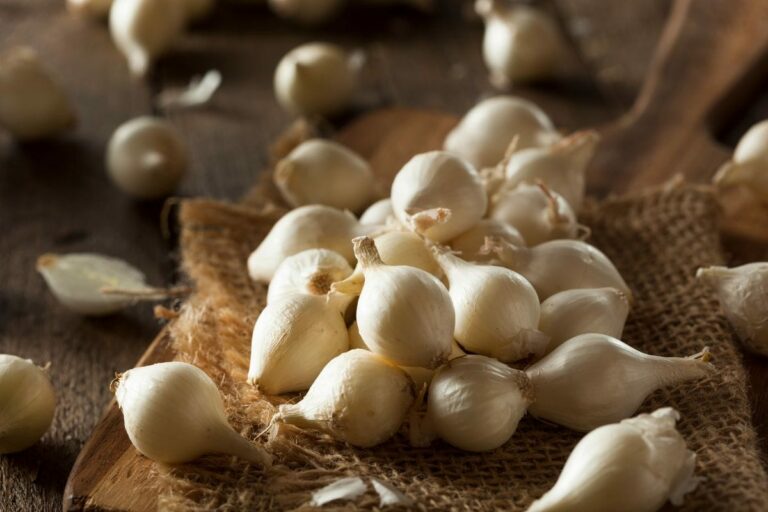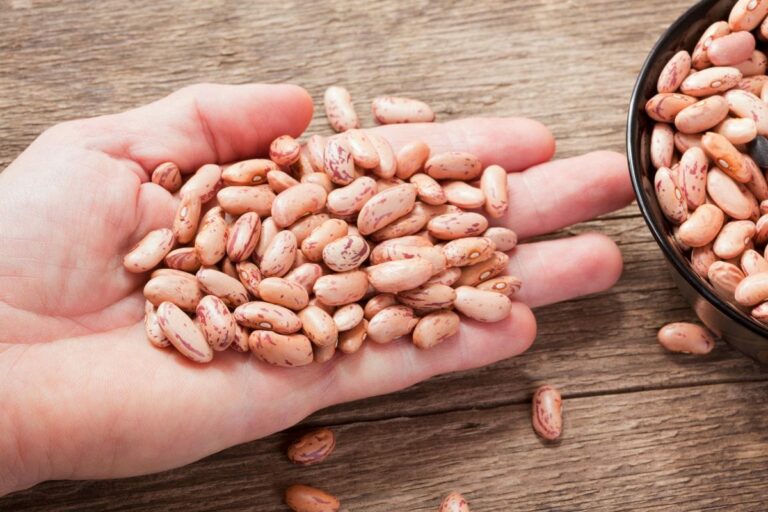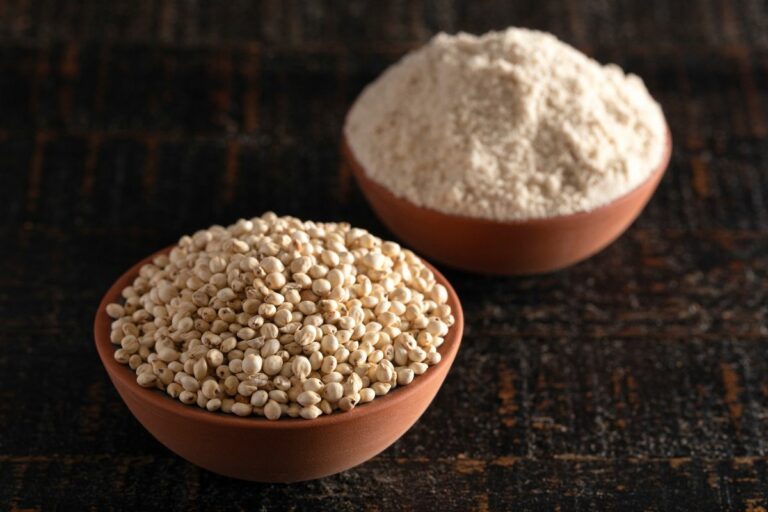Can’t Find Spring Onions? These Flavorful Alternatives Will Add a Punch to Your Dishes!
Spring onions have such a sweet and oniony flavor that cannot be beaten, but sometimes they just can’t be found. Luckily, there are plenty of excellent substitutes for spring onions out there!
Spring onions are a wonderful member of the allium family. They are actually a close relative of scallions, the biggest difference is that spring onions have more of a bulb and typically are slightly more mature than scallions. These bi-colored onions have a lot to offer recipes, but they can easily be substituted in a pinch.
Uses for Spring Onion
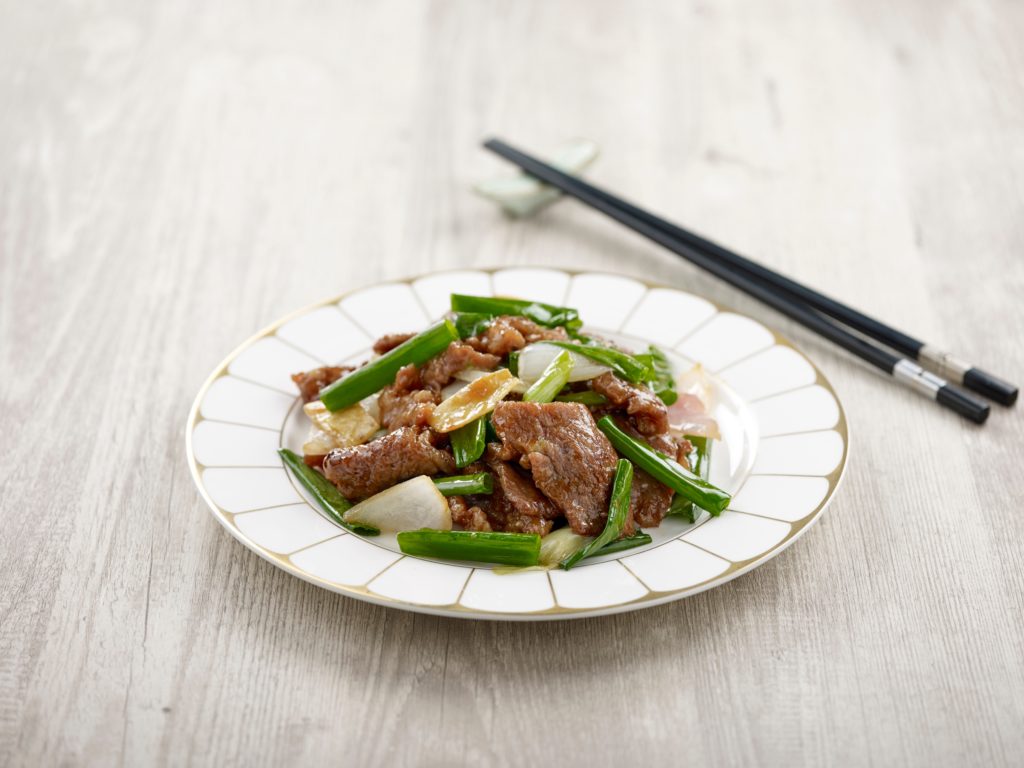
The whites of spring onions have the most concentrated onion flavor and are typically enjoyed cooked; whereas, the greens are mild in flavor and often used as a raw garnish. They are a wonderful aromatic to include in sauces, soups, stews, and more!
Health Benefits of Spring Onion
Spring onions have a lot of flavor for a little shoot, but they don’t stop there! Spring onions bring a lot of nutrition in a small package. They have plenty of vitamins C and A as well as iron, potassium, and dietary fiber.
How to Choose a Spring Onion Substitute
The greatest consideration one should make when choosing a spring onion substitute is what is being cooked. Some substitutes are great raw, while others may not work in that capacity, so consider whether the dish calls for cooked or raw spring onion.
The 6 Best Spring Onion Substitutes
| No. | Substitute | Raw or Cooked? |
| 1 | Green Onions | Raw, cooked |
| 2 | Ramps | Raw, cooked |
| 3 | Chives | Raw |
| 4 | Shallots | Raw, cooked |
| 5 | Leeks | Cooked |
| 6 | White/Yellow Onions | Raw, Cooked |
1. Scallions/Green Onions
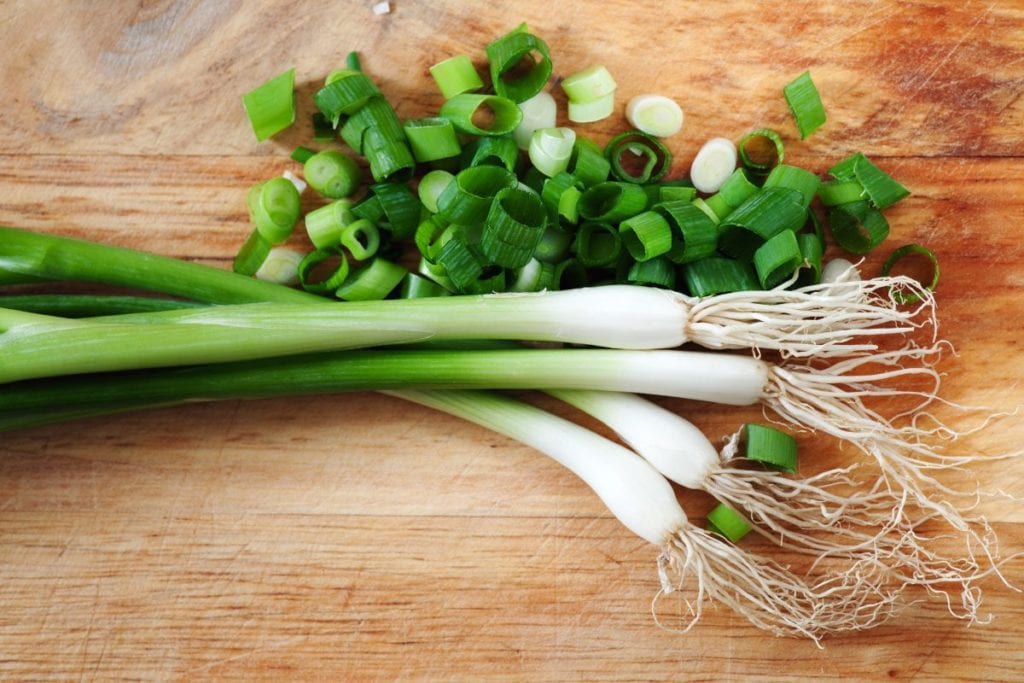
Spring onions and scallions are incredibly similar. The spring onion is actually a variant of the scallion plant. This makes them the closest possible substitute, and they can be found in groceries almost everywhere, all year.
The texture of scallions is virtually the same as spring onion. The flavors of these two close relatives are not as similar. Scallions have a stronger, spicier flavor than the sweet spring onion. Scallions’ health benefits, though, are very similar to a spring onion.
Scallions are a great all-around substitute for spring onions. Much like the spring onion, their greens work well as a garnish and their whites have great aromatic qualities when cooked. They are an excellent all-around substitute for spring onions.
2. Ramps
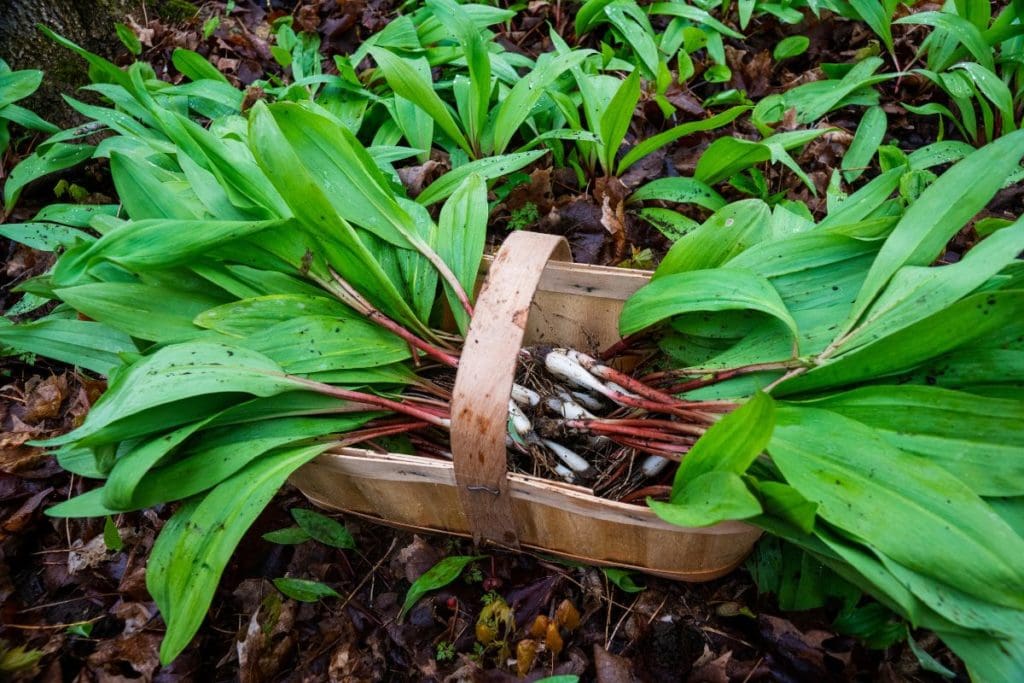
Ramps may be the hardest-to-find substitute for spring onions. They are a wild variety of onions with a very short spring growing season. This variety of onions is commonly cultivated through foraging. Their stalks are white at the bulb, then skinny and purple, ending in a flat green leaf.
The ramps’ flavor is a cross between garlic and onion. The texture of their stalks and bulbs is very similar to spring onions, but their greens are flat and more herb-like. They bring plenty of vitamin A to the table.
Ramps can be cooked very similarly to spring onions, but they will have a slightly more garlicky flavor. They can be used raw, but their greens do not have the same texture as spring onion greens. Although they can be enjoyed raw, ramps work best as a cooked spring onion substitute.
3. Chives
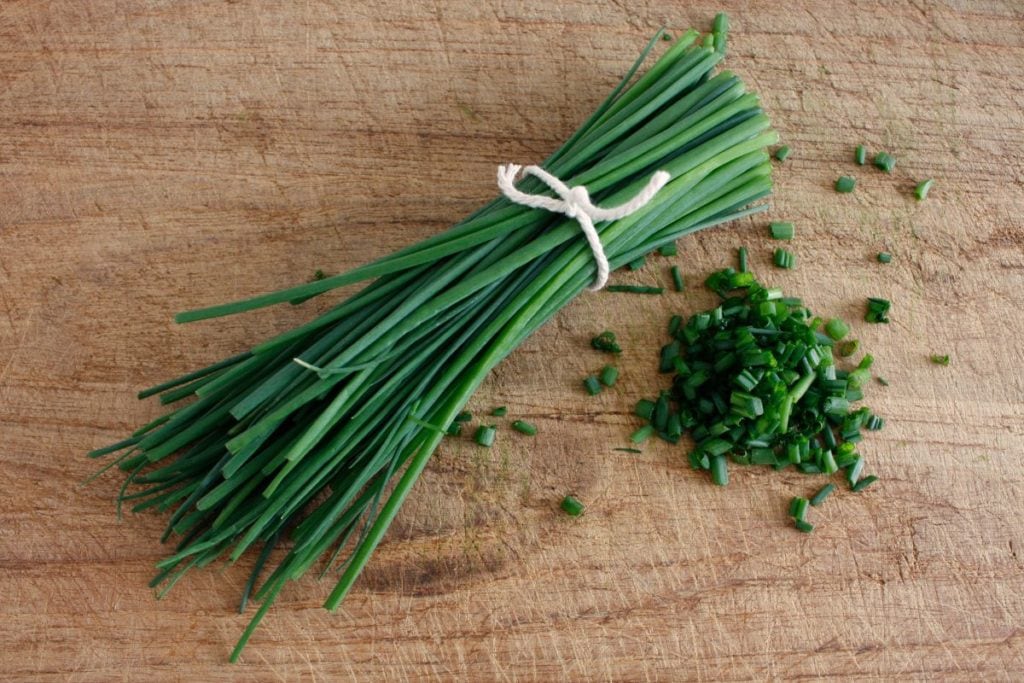
Chives are in close relation to spring onions. They are long, bright green herbaceous shoots. Chives are cold-tolerant and usually harvested in late spring, so that is when they’re easier to find.
The chives’ texture and color are almost a direct swap for the spring onion greens. Chives have a mild onion or leek-like flavor. They don’t have as many nutrients as spring onions, but they do have a nice amount of vitamin C.
Unfortunately, the mild flavor of chives is heavily diminished by cooking. They can only be used as a raw substitute for the green portion of spring onions. Chives make an excellent swap for spring onions as an uncooked garnish.
4. Shallots
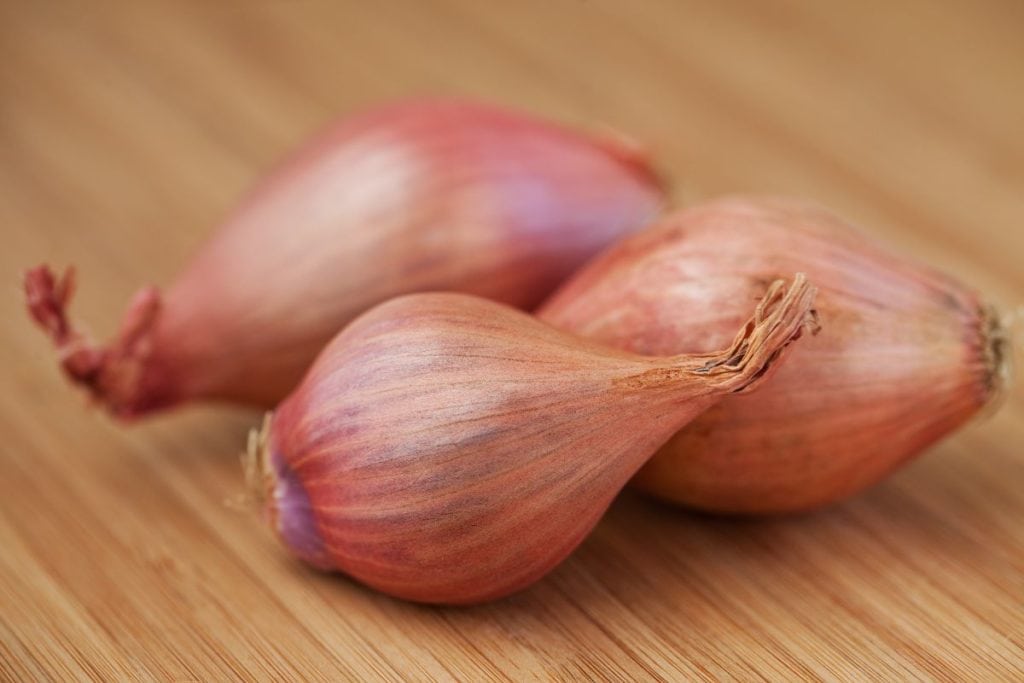
Shallots are closely related to onions, but they are actually botanical. They are small bulbs in shades ranging from purple to white. The shallot is available in markets all year round.
Shallots have an interesting flavor that is a cross between garlic and onion. When cooked they have a similar texture to a cooked spring onion. They bring a little vitamin C to the table but they have few other nutrients.
This substitute works best for cooked dishes. Shallots can be enjoyed raw, but they do not have the color or texture of spring onion greens. They do bring a nice oniony pop to cooked dishes when used in place of spring onion.
5. Leeks

The leek is from the allium family, which is the same family as onions and chives. They are long, fibrous, stalks with green ends and a white base. Leeks are cold-hardy and available in stores all year.
The flavor of a leek is similar to a sweet onion or shallot, which makes it a great flavor substitute for spring onions. They do bring a lot of similar texture and flavor to cooked dishes calling for spring onion. Leeks also have similar health benefits to that of spring onions; they bring lots of vitamin A, vitamin C, and iron.
Leeks cannot be enjoyed raw. They can be used as a spring onion replacer in cooked dishes, like medleys, stews, and soups. In cooked dishes, they will provide a similar texture and sweetness to that of the spring onion. The trick to using leeks as a substitute is to cook them slowly to get the most spring onion-like flavor out of them.
6. White/Yellow Onions
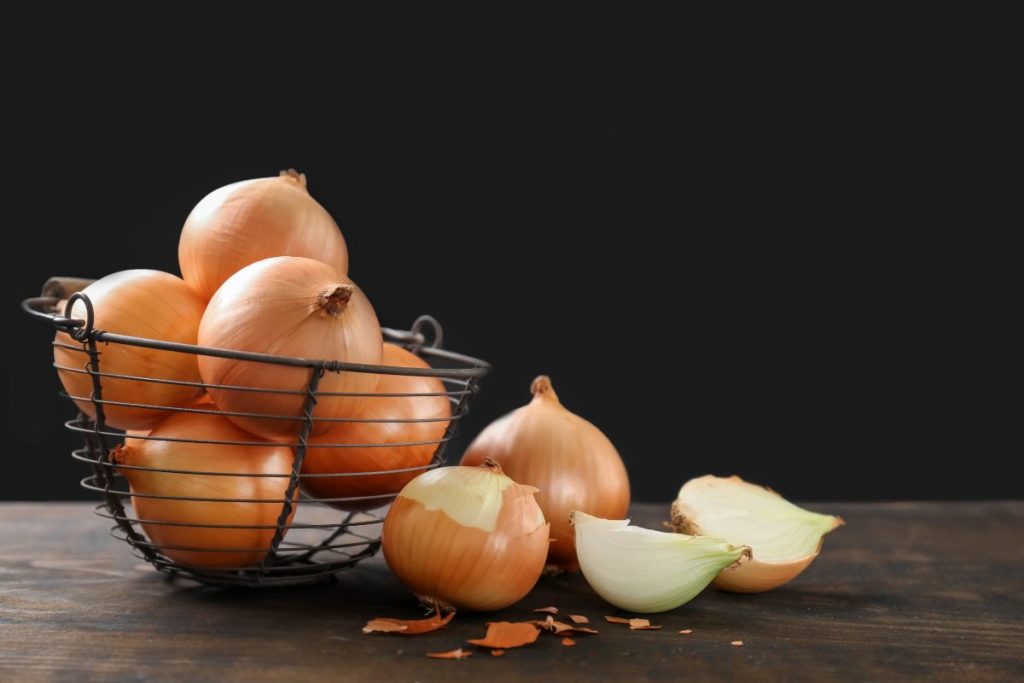
The common white or yellow onion is available all year round and very easy to find. They are bulb-shaped root vegetables with papery shells. They have the strongest onion flavor of all the substitutes.
White or yellow onions are much sharper and stronger in flavor than spring onions. They do have a very similar texture to the whites of spring onions. Their vitamin and nutrient benefits may be the best of all the substitutes.
Common white or yellow onions really only work as a cooked substitute for spring onions. When raw, white and yellow onions would overpower and not mimic spring onions. They are very strong in flavor, but cooking makes them more sweet, mild, and closer to the spring onion. They have no greens, so they do not work as a garnish substitute.
The Runners-Up
There is a tie for the second-best spring onion substitute, between leeks and chives. The reason for the tie is that each of these substitutes can only be used in one capacity, either raw or cooked.
If looking to substitute spring onions in a cooked dish, leeks make a perfect choice. Leeks become wonderfully oniony and sweet as they cook, just like a spring onion. For a raw spring onion garnish substitute, chives are a great choice because of their overall flavor and color.
The Best Overall Spring Onion Substitute
The best overall substitute for spring onions is scallions. They are derived from the same plant and are similar in structure and flavor. They can be used in all the same ways as spring onions as a 1:1 substitute. Extracting the rich onion flavor from these tasty spring onion substitutes leads to amazingly delicious culinary creations!
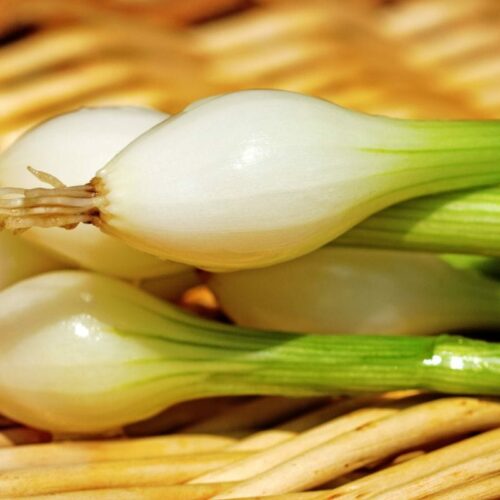
6 Best Spring Onion Substitutes
Ingredients
- Green Onions
- Ramps
- Chives
- Shallots
- Leeks
- White/Yellow Onions
Instructions
- From the list of substitutes above, pick your favorite to use in its place.
- Use your imagination and be creative with these substitute recipes!
